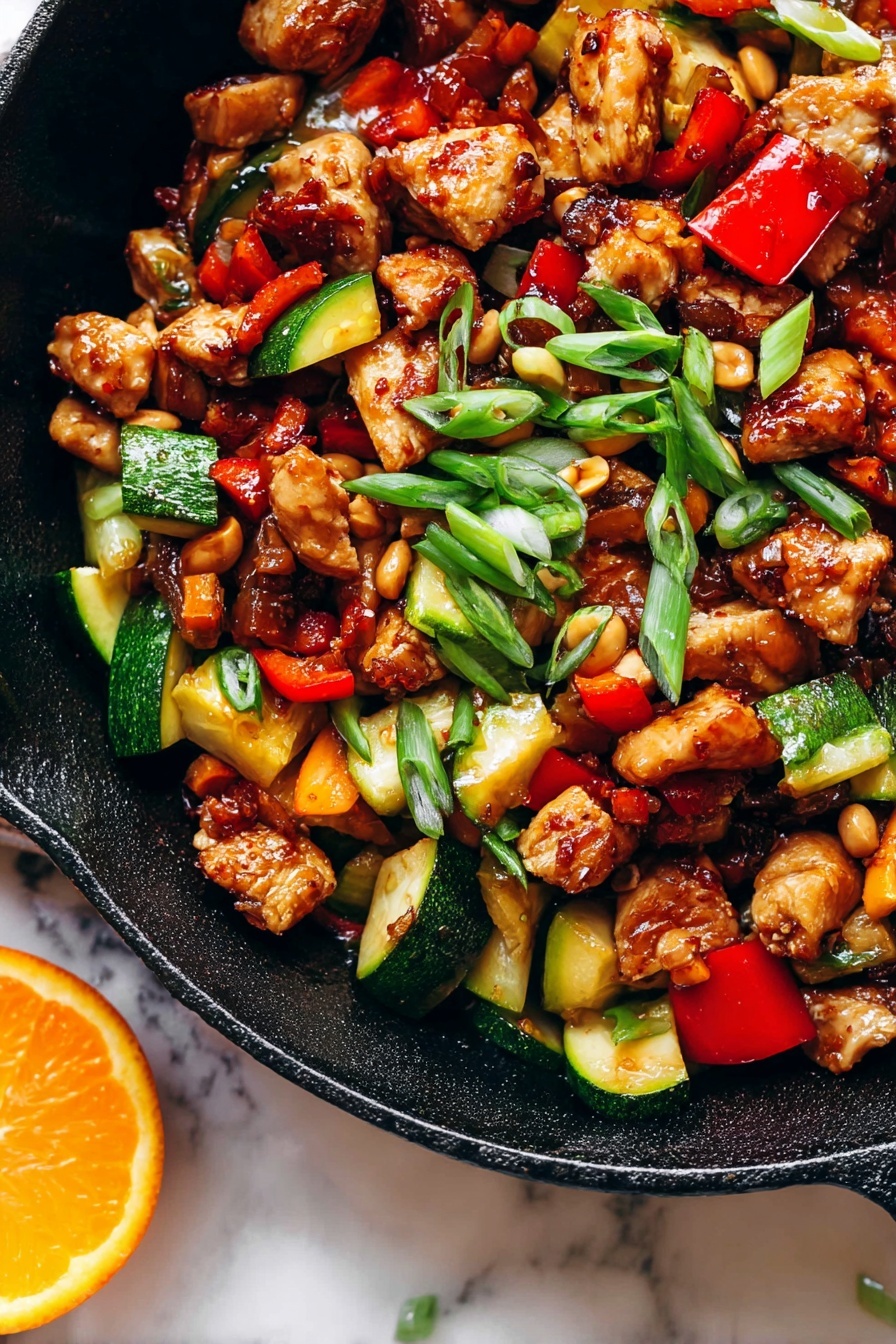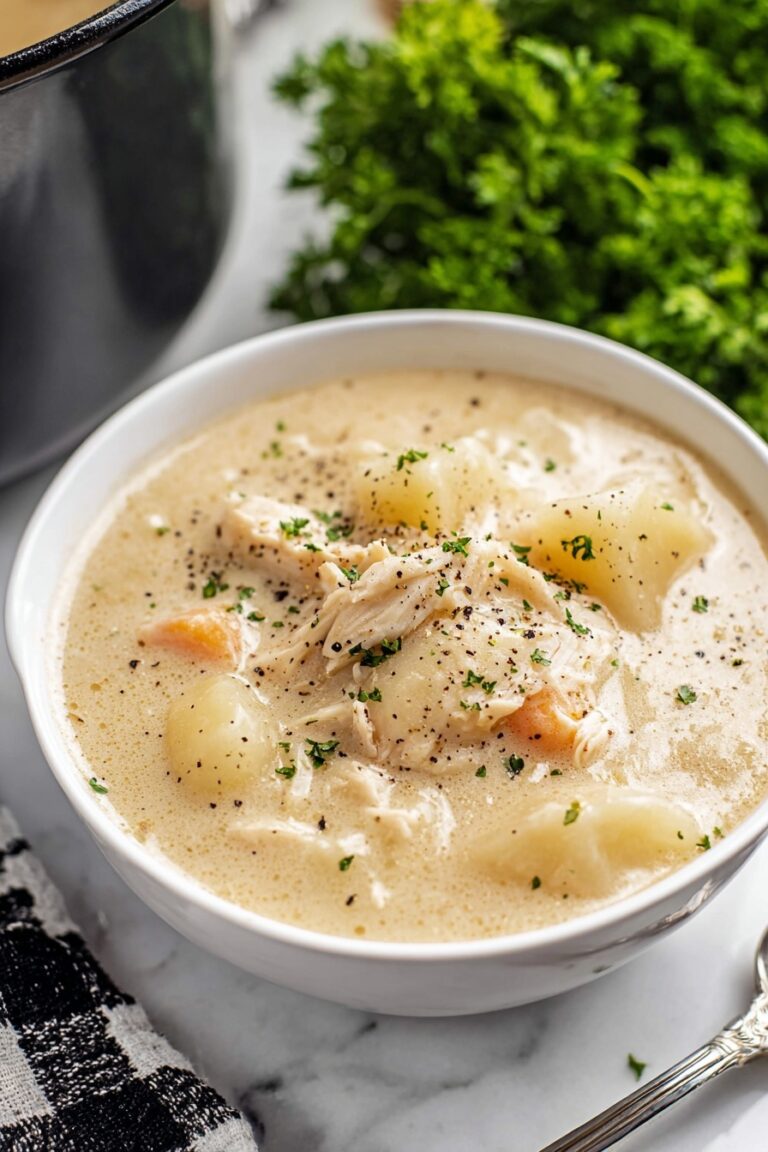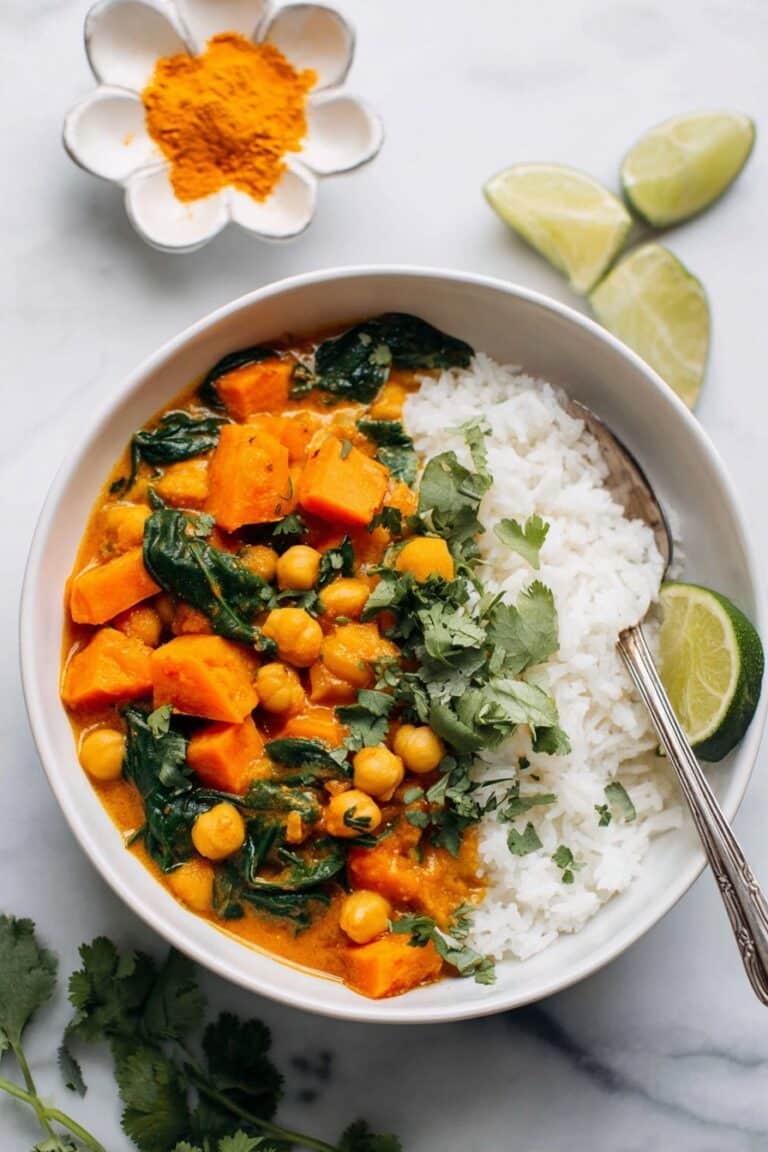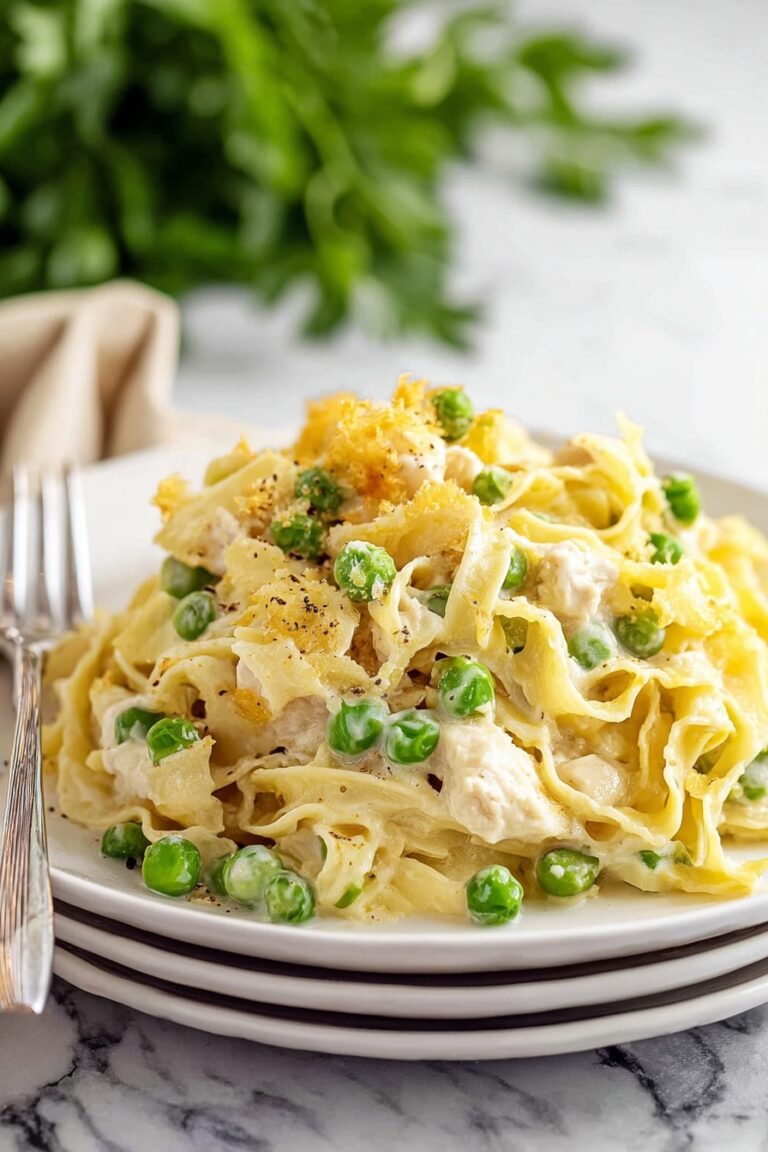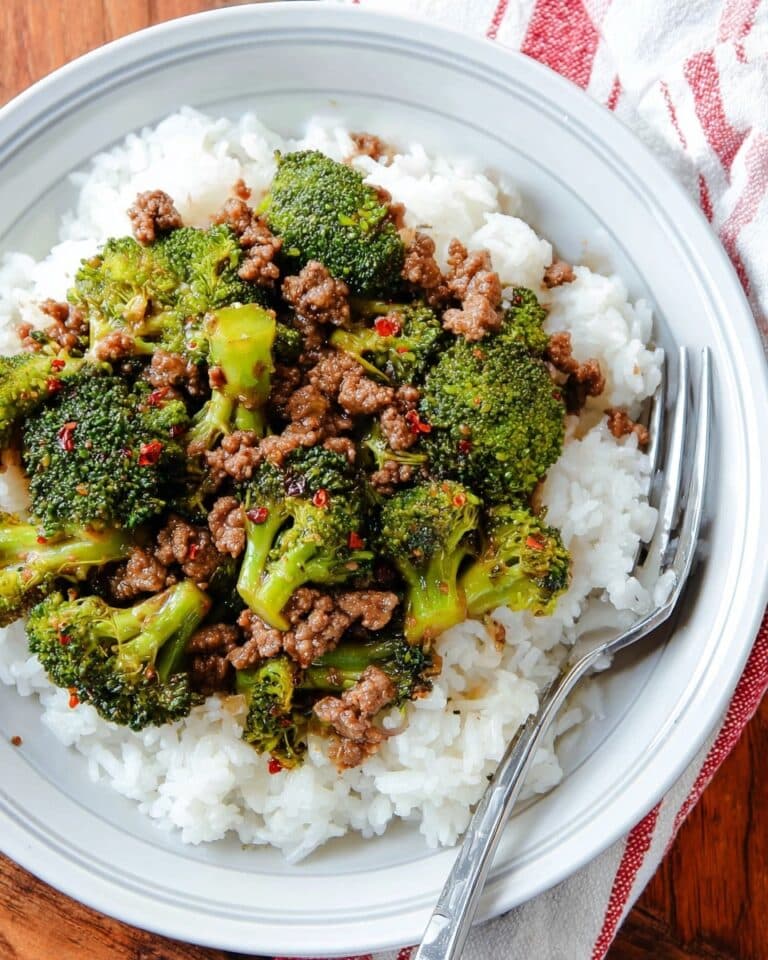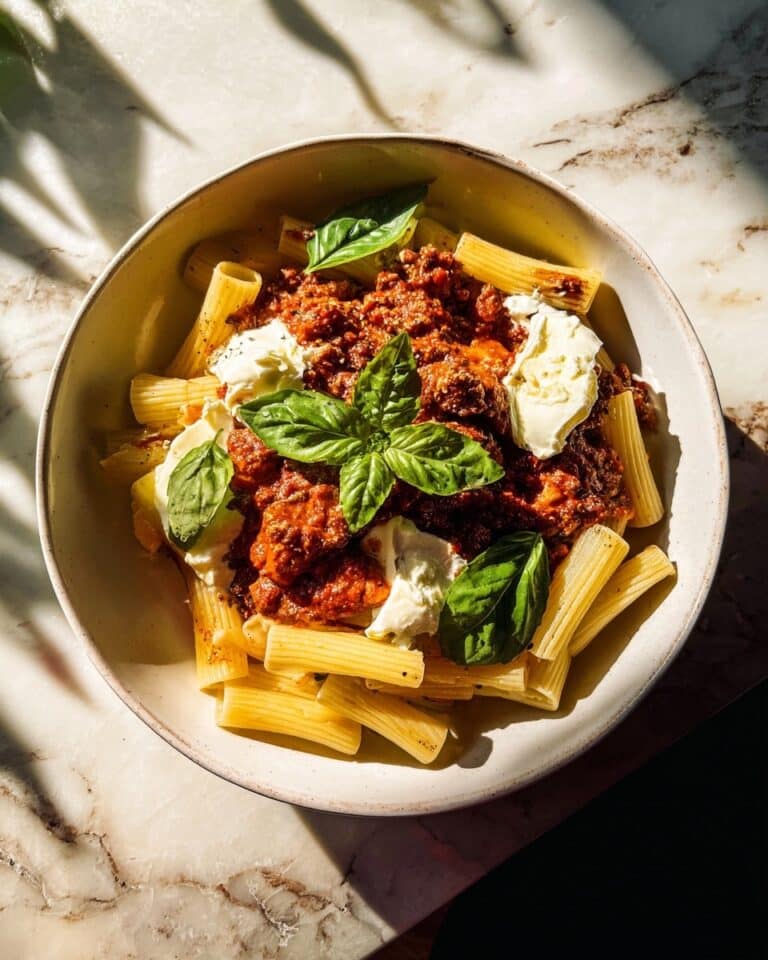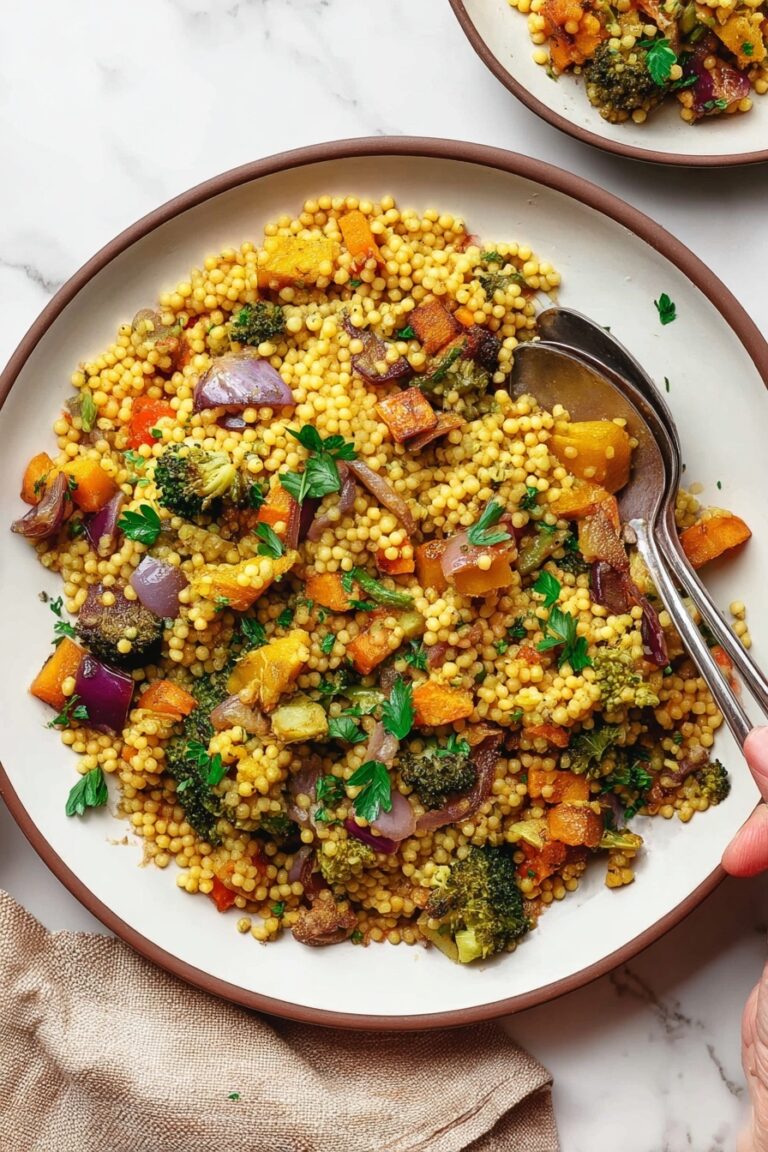Kung Pao Chicken Recipe
If you’re craving a bold, flavorful dish that hits all the right notes – sweet, spicy, tangy, and savory – then my Kung Pao Chicken Recipe is exactly what you need. This isn’t just any takeout-style stir-fry; it’s got that homemade magic that you’ll keep coming back to. I’m excited to share my favorite version with you, packed with fresh veggies, tender chicken, and a lip-smacking orange-chili sauce that sets this recipe apart.
Why This Recipe Works
- Balanced Flavors: The sauce perfectly blends sweet, tangy, and spicy elements to make every bite exciting.
- Tender Chicken: Marinating the chicken with soy and cornstarch keeps it juicy and beautifully seared.
- Fresh Veggies: Crisp-tender peppers, zucchini, and onions add a delightful crunch and color contrast.
- Easy Technique: With clear steps and simple ingredients, you’ll nail this dish even if you’re new to stir-fries.
Ingredients & Why They Work
This Kung Pao Chicken Recipe calls for everyday ingredients that come together in a way that’s both comforting and exciting. The marinade tenderizes the chicken and the sauce brings everything to life. Here’s a little rundown on what makes these ingredients great choices:

- Chicken breasts or thighs: I often use thighs for extra juiciness, but breasts work well too if you prefer leaner meat.
- Soy sauce (low sodium): This keeps the dish salty but controlled, so your sauce doesn’t overwhelm the other flavors.
- Cornstarch: It’s the secret for that velvety coating on chicken pieces – helps with searing and thickening the sauce.
- Sherry or Shaoxing wine: Adds depth – don’t skip it if you can help it, but a dry sherry is a great substitute.
- Vegetable oil: For high-heat searing without burning your chicken or veggies.
- Bell peppers (red and green): These bring sweetness and crunch – pick fresh ones with glossy skins.
- Zucchini: Adds subtle earthiness and soaks up the sauce beautifully without overpowering.
- Onion: A mild onion adds sweetness and rounds out the vegetables.
- Garlic and fresh ginger: Aromatic essentials that build the signature flavor base.
- Balsamic vinegar & honey: Give the sauce a sweet and tangy kick; the brightness is irresistible.
- Hoisin sauce & chili crisp: For depth and that pleasant spicy heat that defines Kung Pao.
- Chicken broth: Adds savory richness to the sauce; I often use homemade broth or Better Than Bouillon for convenience.
- Orange zest & juice: Inject just the right citrus burst to make the whole dish come alive.
- Peanuts or cashews: Roasted and salted for a crunchy contrast that really ties the dish together.
- Green onions & sesame seeds: Fresh garnishes that add color and a little nuttiness.
Tweak to Your Taste
One of the best parts about mastering this Kung Pao Chicken Recipe is how much room there is to make it your own. I love to play around with the heat level, and sometimes swap in different veggies depending on the season or what I have on hand.
- Spicy adjustment: I usually dial up the chili crisp for a fiery punch, but if you’re not big on heat, start small—you can always add more at the table!
- Veggie swaps: Broccoli or snap peas work beautifully if zucchini isn’t available; just toss them in with the peppers for a vibrant mix.
- Protein alternative: Tofu is my go-to if I want a vegetarian spin—press it well and pan-fry before adding the sauce for a great texture.
- Sauce sweetness: Feel free to tweak the honey amount to match your preferred balance between sweet and tangy.
Step-by-Step: How I Make Kung Pao Chicken Recipe
Step 1: Marinate for Maximum Flavor and Tenderness
First things first, get your marinade ready by whisking together low sodium soy sauce, cornstarch, and Sherry or Shaoxing wine. Then toss in your cubed chicken. This step is key—it not only seasons but also tenderizes the meat, so don’t skip marinating for at least 15 minutes. I sometimes let it go 30 if I have time; the chicken comes out so juicy and irresistible.
Step 2: Chop the Veggies with Care
While the chicken marinates, chop up your bell peppers, zucchini, and onion. I like to keep my veggies bite-sized but substantial enough to retain a nice crunch after cooking. Mince your garlic and ginger separately – this helps them cook evenly when added later.
Step 3: Whisk Up the Sauce
In a small bowl, mix together cornstarch, balsamic vinegar, honey, soy sauce, hoisin, chili crisp, chicken broth, plus the orange zest and juice. Keep your whisk handy—you’ll want to stir it before pouring into the pan to ensure it stays smooth and lump-free.
Step 4: Sear the Chicken to Perfection
Heat a heavy skillet or cast iron over medium-high for a few minutes until it’s really hot. Add a splash of vegetable oil and swirl to coat. Add your chicken in a single layer—not crowded! Sear undisturbed for 2-3 minutes until it’s nicely browned, then flip and sear the other side. If the pieces are big, turn heat down a bit to cook through without burning. Remove cooked chicken to a plate. I do this in batches to make sure every piece gets a great crust.
Step 5: Toss the Veggies
Add a little more oil to the pan, turn heat to medium-high, then toss in the bell peppers, zucchini, and onions. Sauté for about 2 minutes until they’re crisp-tender. Then stir in the garlic and ginger, cooking just another minute or two to release their fragrance without burning. Keep in mind, the veggies will soften a bit more even after you take them off the heat, so stop cooking when they’re still got bite.
Step 6: Bring It All Together
Return the chicken and any of those delicious juices back to the pan. Pour in your orange chili sauce and give everything a good toss, scraping up those tasty browned bits from the skillet. Stir in half a cup of roasted peanuts or cashews for crunch. Then, remove from heat—the sauce should be glossy and coat the chicken and vegetables perfectly.
Pro Tips for Making Kung Pao Chicken Recipe
- Hot Pan Is Your Friend: Make sure your skillet is extra hot before searing the chicken to get that nice crust without sticking.
- Even Chicken Sizes: Cut your chicken pieces evenly to ensure they cook through at the same rate—no guesswork!
- Add Sauce Last: Pour the sauce in only after the chicken and veggies are ready; this keeps the sauce fresh and glossy.
- Don’t Overcook Veggies: Aim for crisp-tender to preserve their color and crunch; they’ll soften a little off the heat.
How to Serve Kung Pao Chicken Recipe
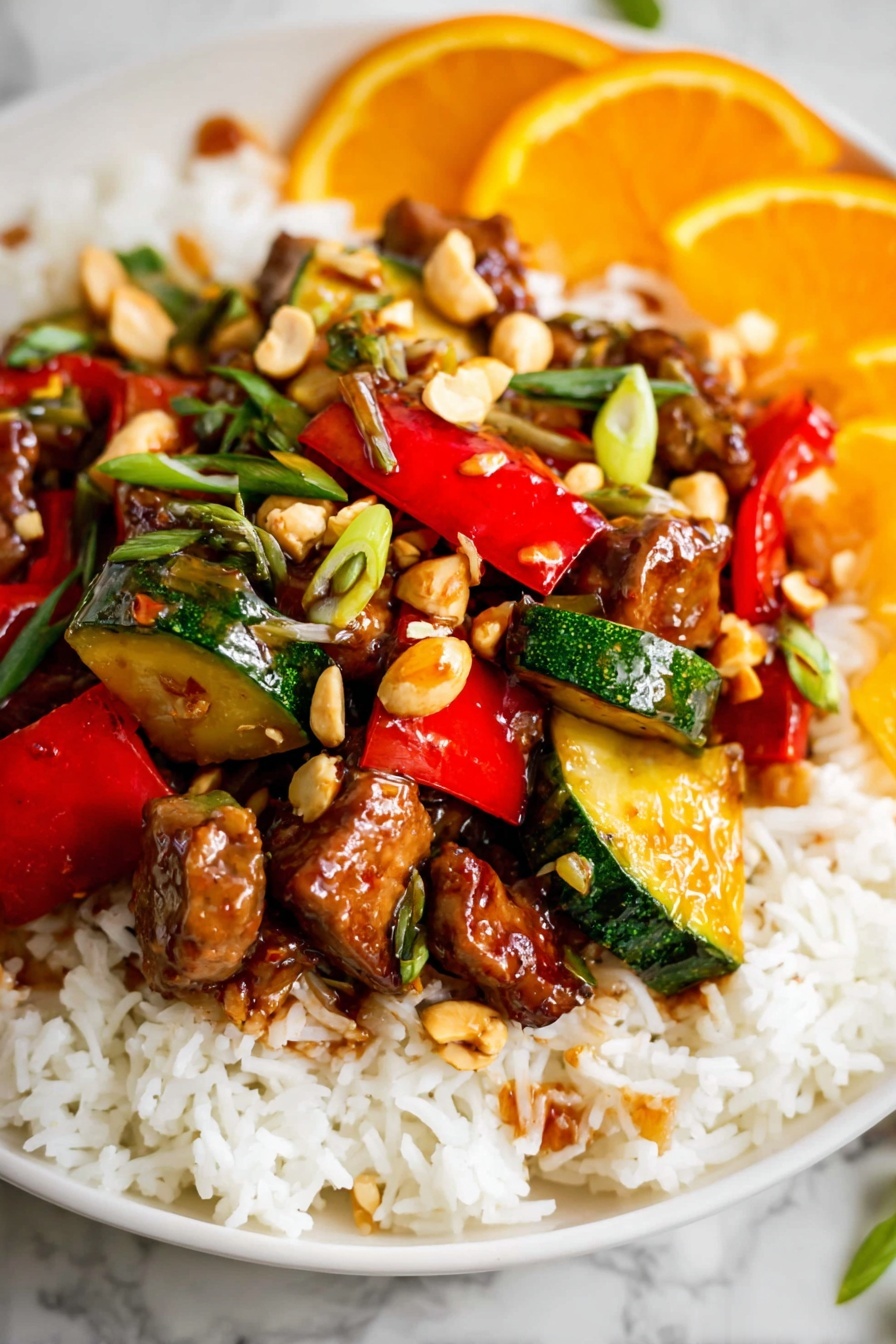
Garnishes
I always top my Kung Pao Chicken with plenty of chopped green onions and a sprinkle of white sesame seeds for that extra hint of freshness and crunch. Sometimes I add an extra drizzle of chili crisp on top—because who doesn’t love a bit more heat right at the end?
Side Dishes
This recipe loves being served with steamed rice—my favorite is Coconut Jasmine Rice for a subtly sweet twist. But plain white rice, brown rice, or even cauliflower rice all work wonderfully. For a little extra green on the side, some sautéed bok choy or steamed broccoli pairs perfectly.
Creative Ways to Present
For a special dinner, try serving Kung Pao Chicken in individual mini cast iron skillets or over a bed of sticky rice in banana leaves. It ups the comfort factor and makes the meal feel extra festive. Another fun idea I’ve tried is spooning this over crispy Asian noodles as a crunchy alternative to rice.
Make Ahead and Storage
Storing Leftovers
Leftovers? Store Kung Pao Chicken in an airtight container in the fridge for up to 3 days. I find the flavors actually get better overnight as the sauce melds a bit more. Just keep the nuts separate if you want them extra crunchy before reheating.
Freezing
I’ve frozen this dish a couple of times with good results—just cool completely, then freeze in portions. When thawed, the texture is still great, though I recommend adding fresh peanuts after reheating to keep that perfect crunch.
Reheating
To reheat, I warm it gently in a skillet over low-medium heat until warmed through, stirring occasionally. This method revives the sauce’s shine while keeping the chicken tender. Microwaving works too, but sometimes the texture isn’t quite as good.
FAQs
-
Can I make this Kung Pao Chicken Recipe with other proteins?
Absolutely! While chicken thighs or breasts are traditional and delicious, you can substitute tofu, shrimp, or even thinly sliced beef. Just adjust cooking times accordingly—shrimp and tofu cook faster, beef a bit less.
-
What if I don’t have Shaoxing wine?
No worries! Dry sherry is a perfect stand-in and brings a similar depth to the marinade. If you avoid alcohol altogether, you can omit it, but the flavor might be slightly less complex.
-
How do I control the spice level?
The chili crisp is where most of the heat comes from. Start with a small amount when making the sauce and taste as you go. You can always add more at the table for those who want extra kick.
-
Is it okay to prepare parts of the recipe ahead of time?
Yes! You can marinate the chicken a few hours ahead and prep veggies in advance. Just keep garlic and ginger separate until cooking to preserve their brightness.
Final Thoughts
This Kung Pao Chicken Recipe is one of those dishes I love making when I want dinner that’s exciting yet approachable. It impresses guests without demanding all day in the kitchen – just good ingredients, a little patience, and some love. Trust me, once you try this version, you’ll have a new favorite to turn to again and again. Give it a shot and let me know what you think—cooking this together virtually feels like sharing a warm kitchen moment with a friend. Enjoy every flavorful bite!
Print
Kung Pao Chicken Recipe
- Prep Time: 30 minutes
- Cook Time: 6 minutes
- Total Time: 36 minutes
- Yield: 6 servings
- Category: Main Course
- Method: Stovetop
- Cuisine: Chinese
Description
A flavorful and vibrant Kung Pao Chicken recipe featuring tender marinated chicken, crisp-tender vegetables, and a tangy orange chili sauce, garnished with roasted peanuts and sesame seeds. Perfect served over rice for a satisfying meal.
Ingredients
For the marinade:
- 1/4 cup low sodium soy sauce
- 1 tablespoon cornstarch
- 1 tablespoon sherry or Shaoxing wine
- 1 and 1/2 pounds chicken breasts or chicken thighs, cut into 1-2 inch pieces
- 1 tablespoon vegetable oil, plus more for searing
For the veggies:
- 1 tablespoon vegetable oil, for sautéing the veggies
- 1 red bell pepper
- 1 green bell pepper
- 2 small zucchini
- 1/2 cup onion, chopped
- 4 cloves garlic, smashed and minced
- 1 and 1/2 inches fresh ginger, about 1 tablespoon grated or minced (or 1 tablespoon ginger paste)
For the sauce:
- 2 teaspoons cornstarch
- 2 tablespoons balsamic vinegar
- 2 tablespoons honey
- 2 tablespoons low sodium soy sauce
- 1 tablespoon hoisin sauce
- 1 tablespoon chili crisp
- 1/2 cup chicken broth (or 1/2 cup water with 3/4 teaspoon Better Than Bouillon Chicken base)
- 1 teaspoon orange zest, from 1 orange
- 3 tablespoons fresh orange juice, from 1/2 an orange
To serve:
- 1/2 cup roasted salted peanuts or roasted salted cashews
- Green onions, chopped, for garnish
- White sesame seeds, for garnish
- Hot rice, for serving (such as Coconut Jasmine Rice, white rice, brown rice, cauliflower rice, or basmati rice)
Instructions
- Marinate the chicken: In a medium bowl, whisk together 1/4 cup low sodium soy sauce, 1 tablespoon cornstarch, and 1 tablespoon sherry or Shaoxing wine. Cut chicken into 1-2 inch pieces, add to the marinade, stir and set aside at room temperature for 15 minutes.
- Prepare the vegetables: Chop red and green bell peppers into squares. Slice zucchini lengthwise into strips, then chop into 2 inch pieces. Chop 1/2 cup onion. Smash and mince garlic. Peel and mince or grate ginger. Set vegetables aside separately from garlic and ginger.
- Make the sauce: In a small bowl, whisk together 2 teaspoons cornstarch, 2 tablespoons balsamic vinegar, 2 tablespoons honey, 2 tablespoons low sodium soy sauce, 1 tablespoon hoisin sauce, 1 tablespoon chili crisp, 1/2 cup chicken broth, 1 teaspoon orange zest, and 3 tablespoons fresh orange juice. Leave whisk in bowl for mixing again later.
- Sear the chicken: Heat a 12 inch cast iron skillet or wok over medium-high heat for 2-3 minutes until very hot. Add 1 tablespoon vegetable oil and swirl to coat. Add chicken pieces in batches with space, cook without touching for 2-3 minutes until browned on bottom. Flip and sear other side for 1 minute. Turn heat to medium and cook until chicken reaches 160°F internal temperature. Remove chicken to a plate and repeat with remaining pieces.
- Cook the vegetables: Add 2 tablespoons vegetable oil to the skillet and heat on medium-high. Add peppers, onion, and zucchini and sauté for about 2 minutes until crisp-tender. Add garlic and ginger and cook for another 1-3 minutes depending on desired softness.
- Add chicken and sauce: Return chicken and juices to skillet with vegetables. Add orange chili sauce and stir to coat, scraping browned bits from the pan. Stir in 1/2 cup roasted peanuts or cashews. Remove from heat.
- Garnish and serve: Garnish with chopped green onions and toasted white sesame seeds. Serve hot with rice of choice and extra chili crisp sauce if desired.
Notes
- You can substitute chicken broth with 1/2 cup water and 3/4 teaspoon Better Than Bouillon Chicken base for similar flavor.
- If you don’t have a cast iron skillet, a heavy-bottomed skillet works well too.
- Adjust chili crisp amount according to your preferred spice level, adding more as garnish if desired.
- Use either chicken breasts or thighs based on preference; thighs add more juiciness.
- Vegetables are best cooked crisp-tender as they continue softening off heat.
Nutrition
- Serving Size: 1 serving
- Calories: 320 kcal
- Sugar: 8 g
- Sodium: 550 mg
- Fat: 12 g
- Saturated Fat: 2 g
- Unsaturated Fat: 8 g
- Trans Fat: 0 g
- Carbohydrates: 18 g
- Fiber: 3 g
- Protein: 30 g
- Cholesterol: 75 mg

